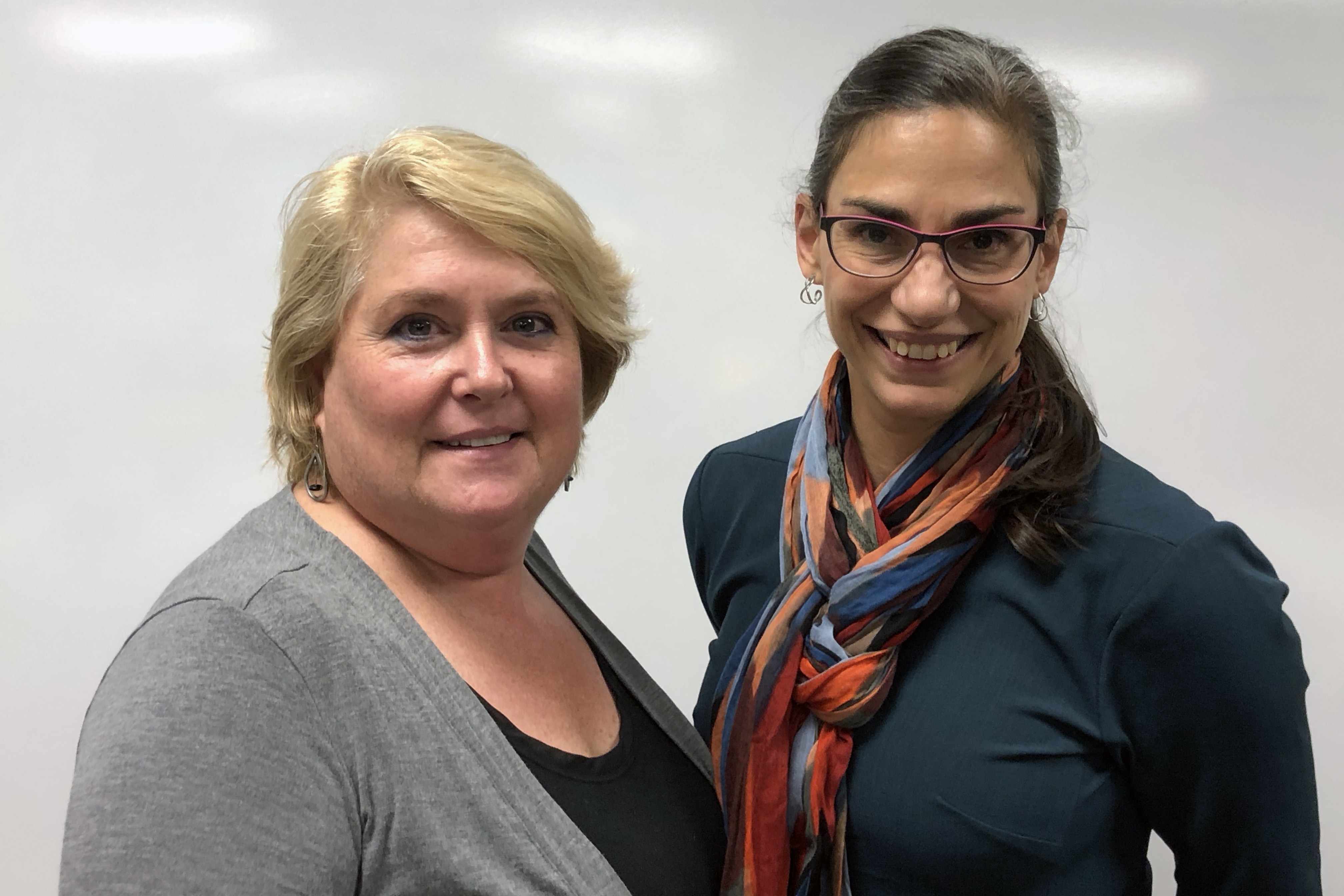Vermont's Health Care Workforce Shortage
My son—my youngest child—is applying to college this year. Lately, when he’s not talking about his standings in his fantasy football league, he’s talking about standardized tests and writing his college essay. He’s a great kid. Smart and inquisitive. Warm and empathetic. He would be an awesome nurse. Unfortunately, my efforts to encourage him to pursue a career in health care have entirely failed. And it’s too bad, because Vermont, like the rest of the country, is facing a health care workforce shortage. A 2018 Vermont Talent Pipeline Management study projected we would have more than 3,900 nursing-related job vacancies in Vermont between October 2018 and next spring. By all accounts, that number is low because it’s missing data from many skilled nursing facilities and home health agencies.
I recently participated in a roundtable discussion hosted by Central Vermont Medical Center to discuss the issue with Congressman Peter Welch. Congressman Welch sought to understand ways the federal government could help draw more nurses to our state and to other rural areas, where health care workforce shortages hit the hardest. Participants included a variety of health care leaders, educators and advocates.
My colleagues on the roundtable—among them Sandy Rousse, President and CEO of Central Vermont Home Health and Hospice—gave Congressman Welch a number of ideas:
- Finding more federal dollars to help health care professionals, especially nurses, repay student debt
- Re-examining the requirement that nurse educators hold masters’ degrees when perhaps bachelors-level education plus experience equip teachers just as well
- Increasing the cap on H-2B visas, set now at 66,000, specifically for nurses, allowing Vermont health care employers to recruit nurses from Canada
- Nurturing economic development to make Vermont an attractive place for nurses to live and work
We also sought support for programs that health care organizations in our state are already using to increase the nursing workforce. For example, several hospitals and our own Lamoille Home Health and Hospice have developed “earn while you learn” programs through which personal care assistants can become licensed nursing assistants and lower-level nurses can become registered nurses.
Sandy Rousse and I urged the Congressman to take a closer look at telemonitoring as a mechanism to make better use of the existing workforce and recommended that he consider workforce shortages among non-clinical staff like personal care attendants and other clinicians like therapists who are critical to our communities.
Congressman Welch expressed interest in many of the proposals and seemed optimistic they could garner bi-partisan support. I know members of the VNAs of Vermont will be glad to support his efforts in this area. Addressing workforce shortages is one of the pillars of the strategic plan under development by the VNAs of Vermont. Watch this space for updates on progress at the federal level and state policy proposals we will be pursuing here in Vermont, and I’ll try to sneak in an announcement about where my son will be spending the 2020-2021 academic year.


